(ECNS) -- At 61 years old, Su Ximing has never left his hometown — and he has no regrets. As a farmer, he was given a life-changing opportunity at the age of 57.
On Jan. 21, standing in front of an endless array of solar panels, Su beamed with joy. Behind him stood a newly purchased off-road vehicle.
“All of this is thanks to the local government’s efforts to renovate the coal mining subsidence area,” said Su, a villager from Barituta Village in Wulanmulun Town, Ejin Horo Banner, Ordos City, Inner Mongolia Autonomous Region. “Everything we have now feels like a dream.”
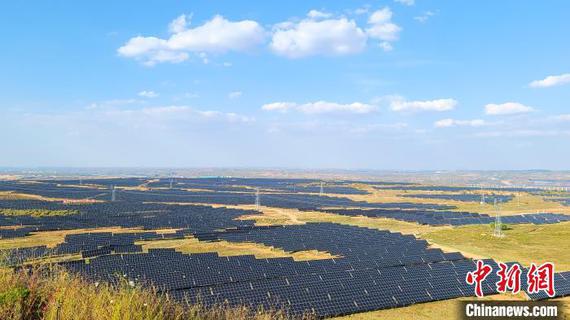
Twenty years ago, Ejin Horo Banner, known as "China’s Coal Capital," was believed to have coal beneath every inch of its land.
Su agrees with this sentiment. His hometown was a coal-producing region, but as time passed, the land around the mines became unstable, making nearby homes unsafe for habitation. Relocation became an urgent necessity.
During this time, Su met Xue Feng, a key figure in the management and restoration of coal mining subsidence areas.
Xue, deputy general manager of the New Energy Branch of Inner Mongolia Shengyuan Energy Group, recalls visiting a 42,000-mu (approximately 2,800 hectares) coal subsidence area in 2021. “Harsh” was the only word to describe its environment.
“When the sandstorms came, you couldn’t even keep your eyes open,” Xue recalled.
Su shared a similar experience: “Growing up, I never dared to wear clean clothes. Even if I did, they wouldn’t stay clean for long. The sandstorms never stopped, all year round.”
Things began to change with the launch of the Tianjiao Green Energy 500,000 kW Photovoltaic Power Generation and Ecological Restoration Demonstration Project in Ejin Horo Banner.
The first major step was relocating over 80 households from the coal subsidence area into Ejin Horo Banner’s urban district, marking their transition from farmers to city residents.
Shortly after, gleaming solar panels began to cover the previously barren land. To commemorate this transformation, Su brought his wife and children to take photos.
Soon after, he secured a job at Inner Mongolia Shengyuan Energy Group. “I earn over 200 yuan a day, more than 6,000 yuan a month, and over 80,000 yuan a year,” he revealed. “Many villagers initially struggled to adjust to life in the city, but having stable jobs has helped ease their homesickness.”
“The Tianjiao Green Energy project was connected to the grid in 2021, generating approximately 900 million kWh of green electricity annually. This equates to saving 341,000 tons of standard coal and reducing 841,000 tons of carbon dioxide emissions,” Xue explained.
As of today, the project has generated over 2.2 billion kWh, making it a "photovoltaic star" in Ordos and across China.
Over the past three years, Xue believes that the greatest achievement of this transformation is turning "non-renewable black resources underground" into "renewable green resources above ground." The coal mining subsidence area is now a scenic landscape, and abandoned mines have become thriving green spaces.
The photovoltaic project has also become a vital part of local rural revitalization efforts.
"By planting crops under the solar panels, we are not only greening the land but also laying the foundation for future livestock farming," Xue explained. The project integrates solar power generation, agriculture, and animal husbandry, maximizing land use. This approach has brought "sunshine income" to local farmers and herdsmen, creating a sustainable cycle: "Building solar farms, preserving green spaces, and enriching local communities."
Currently, enterprises are following a government-led, enterprise-executed, village-invested, and farmer-participated development model. Villagers and village collectives are encouraged to become shareholders in photovoltaic projects, ensuring long-term benefits.
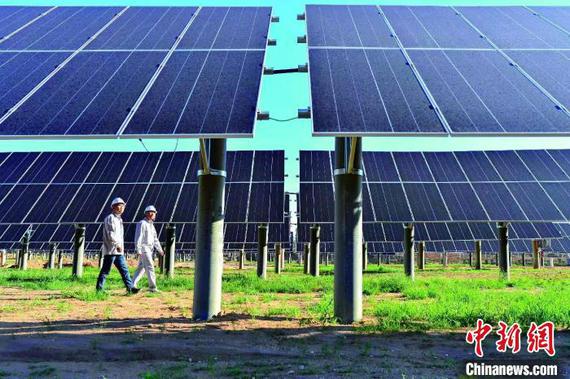
Ejin Horo Banner is not alone in this transformation.
In Zhungeerzhao Town, Jungar Banner, another coal-mining area in Ordos, the local government has developed an integrated wind-solar-agriculture-animal husbandry-forestry project. This initiative combines modern animal husbandry, specialty farming, smart agriculture, and renewable energy. While generating green electricity, it also explores planting and breeding opportunities beneath the solar panels, creating a comprehensive sustainability model.
According to economist Gai Zhiyi, the significance of these efforts lies in the government’s holistic approach to water and soil conservation, land reclamation, vegetation restoration, and ecological governance funds, ensuring that coal mining subsidence areas embark on a sustainable path forward.








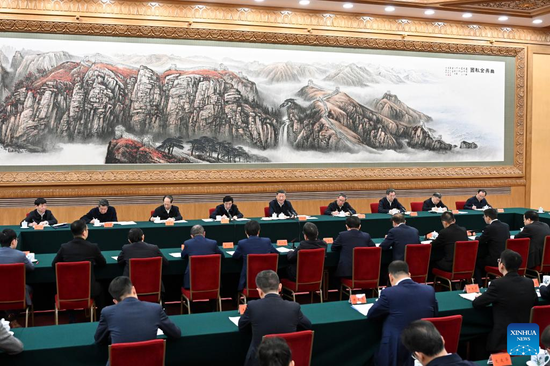
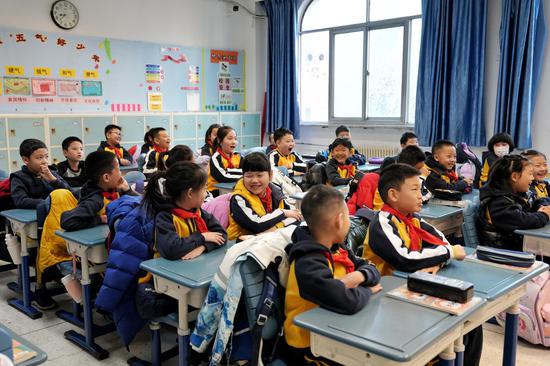
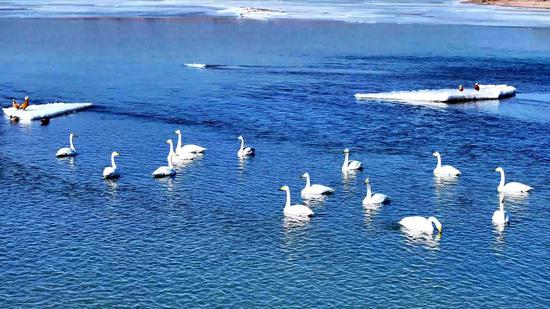

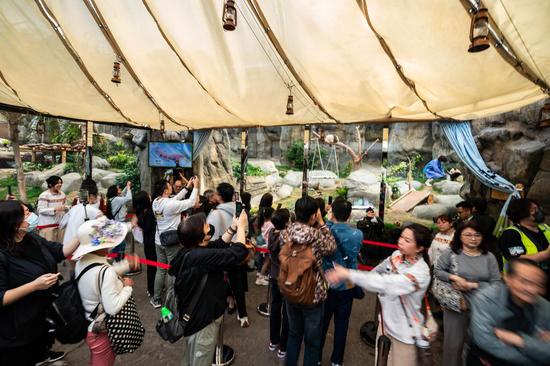
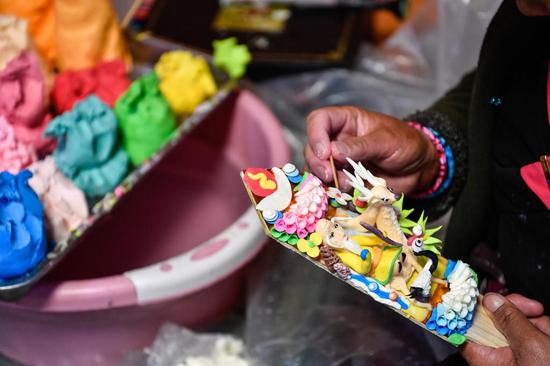
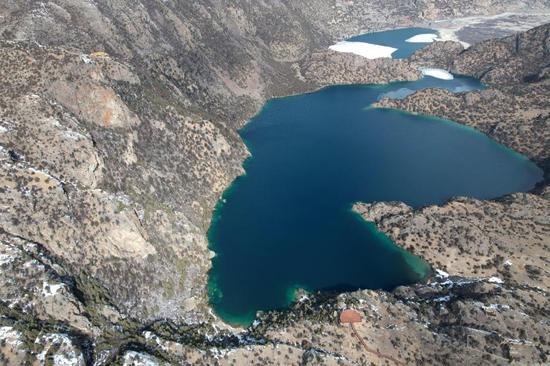
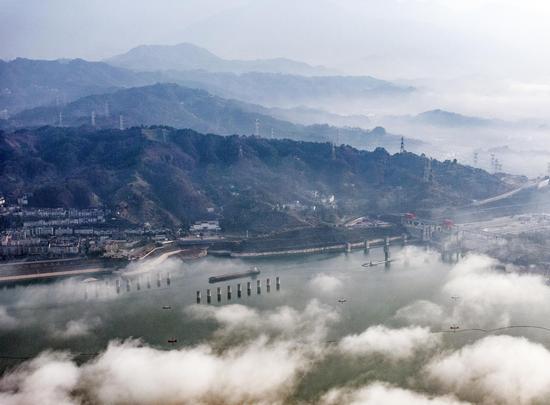
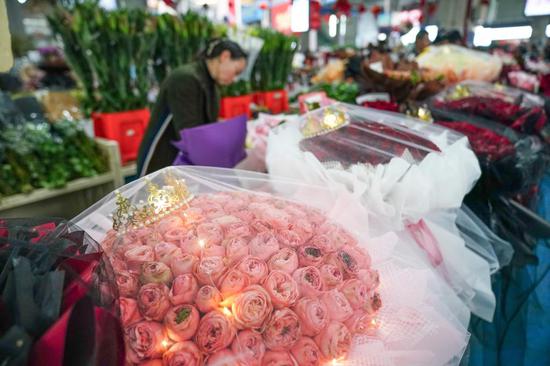
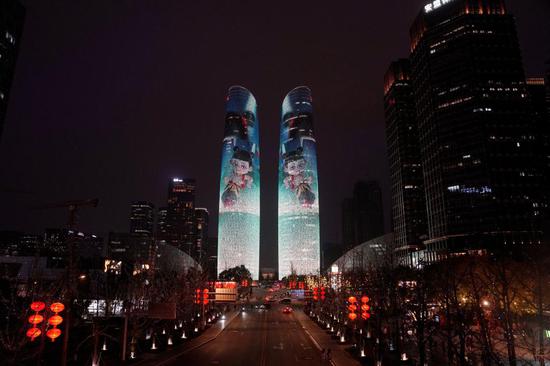




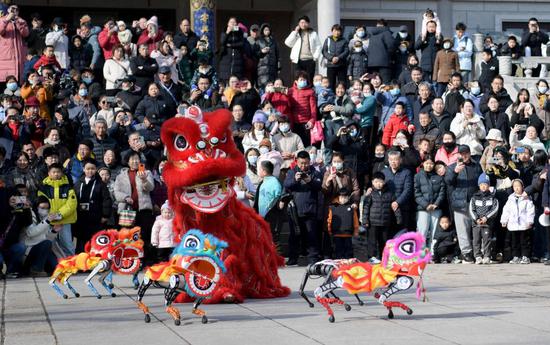
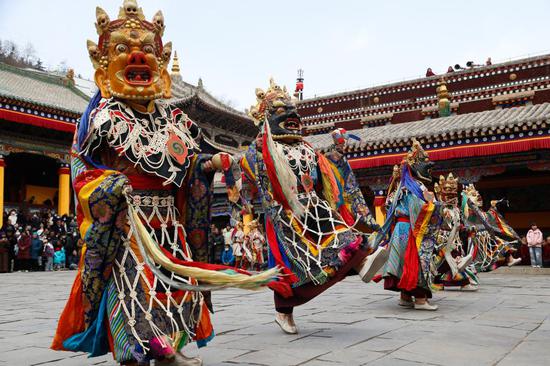

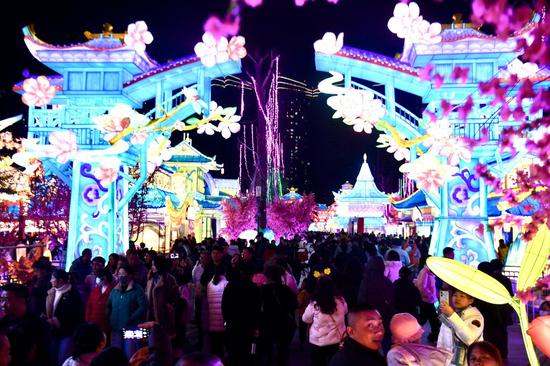






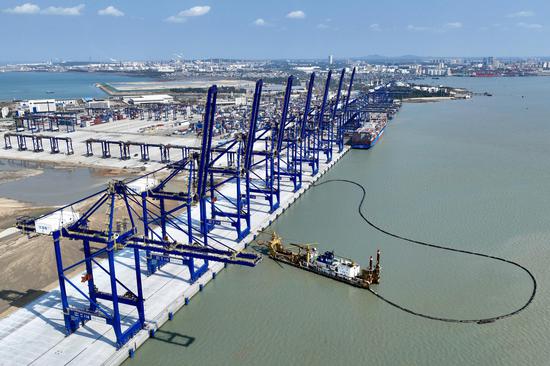
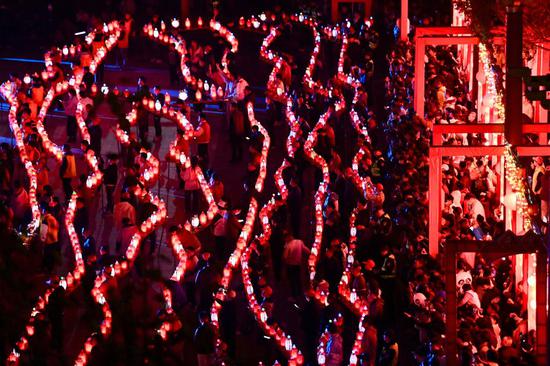
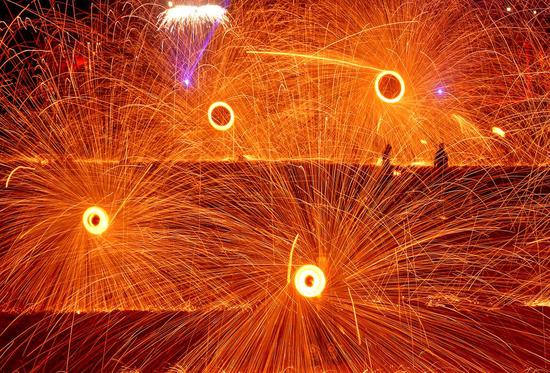

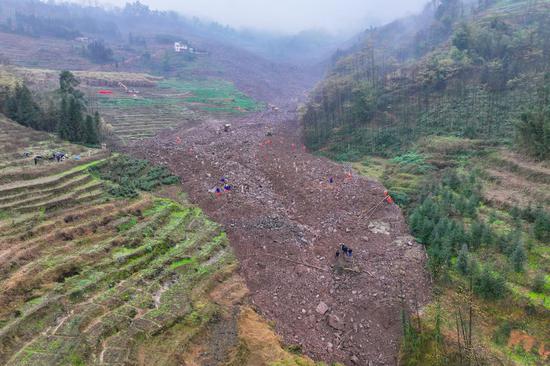


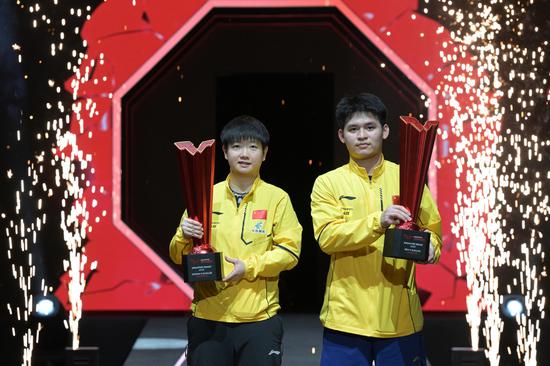










 京公網安備 11010202009201號
京公網安備 11010202009201號